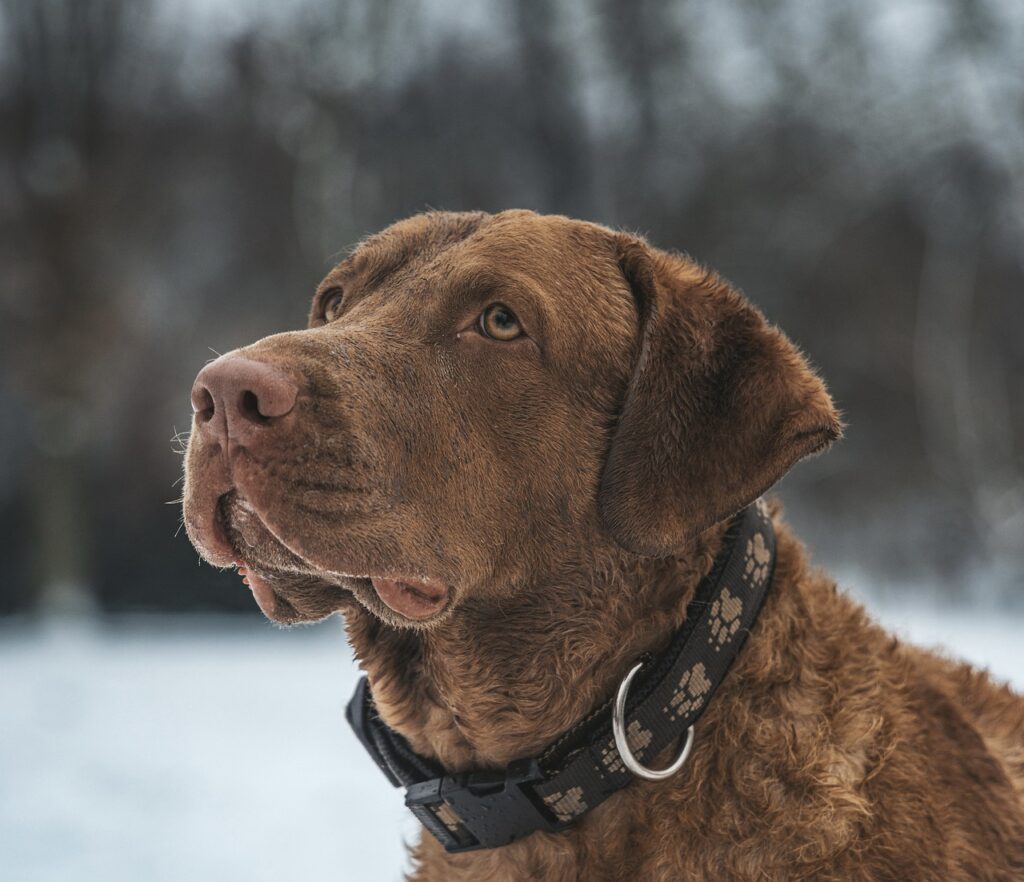Can Dogs Eat Candy? – No, They Can’t
When it comes to spoiling our furry friends with treats, it’s crucial to know what’s safe and what’s not. The short answer to whether dogs can chow down on candy is a firm No. Candies are packed with sugars and may contain xylitol, a sugar substitute that’s toxic to dogs. Indulging your pup with these sweet treats can lead to a range of health issues from dental problems to more severe conditions like diabetes or even poisoning.
Can Puppies Eat Candy?
Candy is an absolute no-go for puppies even more so than adult dogs. Their developing bodies are especially sensitive to the harmful ingredients found in candies. Puppies are at a greater risk as their smaller size and immature organ systems can’t cope with the sugar overload or toxic substances, leading to potentially fatal consequences much faster than in adult dogs.
Why is Candy Harmful for Dogs?
Candy isn’t fit for canine consumption due to several health hazards it poses.
Toxic Ingredients
Many candies contain chocolate or xylitol, both of which can be fatal for dogs. Chocolate contains theobromine, a cardiac stimulant, and diuretic that can lead to serious complications, while xylitol can cause a sudden release of insulin, resulting in hypoglycemia.
Digestion Troubles
High sugar content in candy can disrupt a dog’s digestive system causing vomiting, diarrhea, and even pancreatitis. These sweets are foreign to their carnivorous digestive system and can wreak havoc if ingested.
Dental Problems
Aside from the major health risks, candies can lead to dental issues in dogs. Sugar can cause tooth decay and lead to costly dentist visits or tooth extractions.
Symptoms to Watch Out For After Dogs Consume Candy
- Vomiting and Diarrhea: If your dog consumed candy, these are immediate signs of gastrointestinal upset.
- Seizures: Symptoms like tremors or seizures can indicate xylitol poisoning, which requires urgent veterinary care.
- Lethargy: A sudden drop in energy levels may be a sign of hypoglycemia especially in cases where candy contains toxic ingredients.
Immediate Steps to Take if Your Dog Eats Candy
- Assess: Determine how much candy your dog ate and what type it was, check for xylitol or chocolate ingredients.
- Call your vet: Contact your veterinarian immediately with the information on what type and how much candy was consumed.
- Keep Calm: While waiting for advice or an appointment, keep your dog calm and prevent them from eating anything further.
Safe Alternatives to Candy
While candy is dangerous for dogs, there are safe alternatives that they can enjoy. Consider offering your dog these safer food options instead:
- Carrots – A healthier snack that can help clean your dog’s teeth as they chew.
- Apples – A sweet treat rich in vitamins, just remove the seeds and core.
- Blueberries – They are full of antioxidants and a great low-calorie snack for dogs.
Conclusion
It’s always tempting to share snacks with our pets but when it comes to candy, the risks far outweigh the pleasure. Candy can lead to serious health problems in dogs ranging from dental decay to life-threatening poisoning. As a responsible pet owner, it’s important to be vigilant about your dog’s diet and offer safer, healthier alternatives. Always keep candy out of reach and if an accident occurs, react swiftly to get the appropriate care for your beloved dog.
Frequently Asked Questions
What should I do if my dog eats chocolate?
Immediately contact your vet, as chocolate contains toxic substances to dogs.
How can xylitol harm my dog?
Xylitol can cause a rapid insulin release, which may lead to hypoglycemia and liver failure.
Are there any safe sweets for dogs?
Dogs can have certain fruits in moderation, but always consult your vet first.
What are the first signs of xylitol poisoning?
The first signs include vomiting, followed by symptoms like weakness, uncoordinated movements, and seizures.



